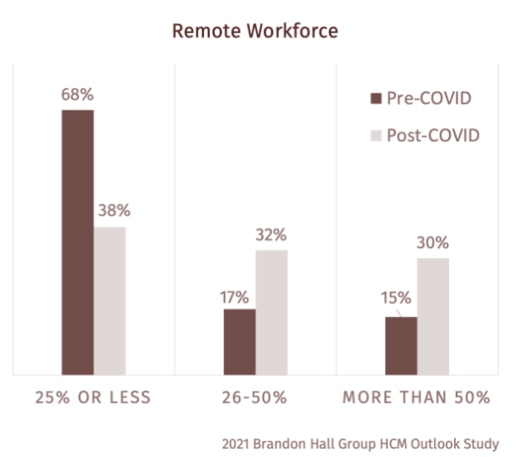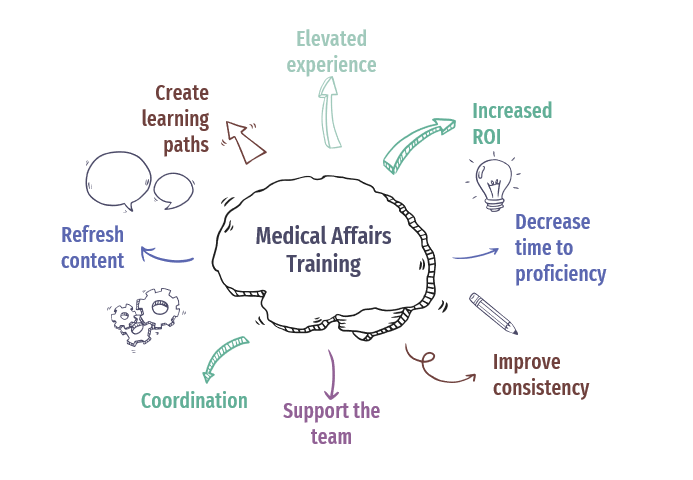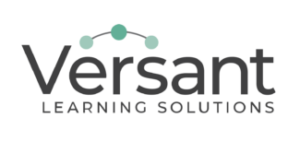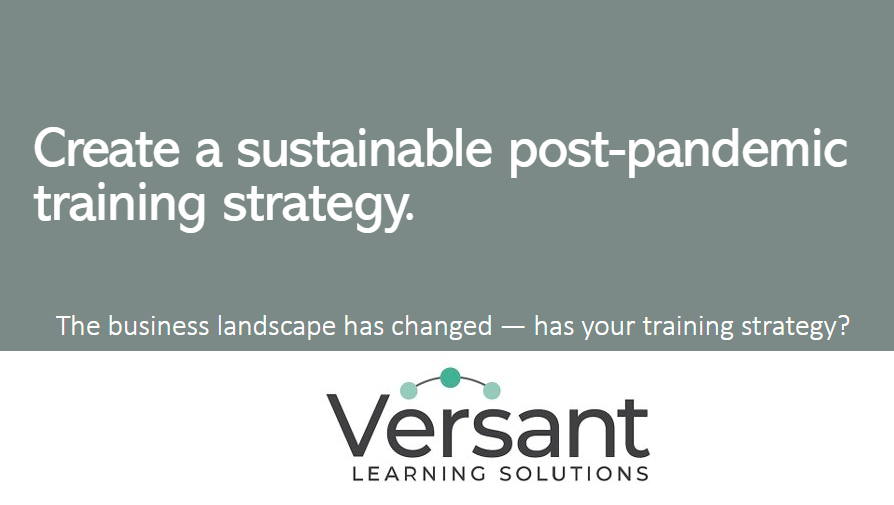Quick-Start Synopsis – What is the post-pandemic training strategy?
What is your plan to create a sustainable post-pandemic training strategy?
Despite trying to find our way through the pandemic for more than a year, there are still many unanswered questions and high levels of uncertainty. One thing is certain, though – we have redefined workplace dynamics.

Medical Affairs has always had a component of the department that worked remotely – field Medical Affairs. However, additional team members across Medical Affairs departments are now working remotely – and may remain remote in the future.
When turnover occurs, or new data is published, or management changes a work process, how will training occur? How will performance support be provided?
Is this the time to propose a new strategy for training the field team as well? It is already May, so budget discussions for 2022 (!) are about to commence.

The new remote workforce structure provides learning & development teams with several concerns:
- Remote workers have a definite idea of the learning experience they expect, based on their experiences at other companies
- General consumer expectations for intuitive user interfaces, speed of information retrieval, ability to view the information in various formats – these are now expectations of corporate training
- Supporting newly remote workers upgrade skills not previously required
- Stakeholders have new expectations of the training team’s scope and capabilities
During 2020, most learning & development departments adjusted as needed. What is the plan now that some of the team will remain remote while others may slowly return to the office?

The New Medical Affairs Workforce – A Mix of Remote and In-Office
Many workers will return to the workplace, but companies have experienced the possibility of reducing their footprint to smaller workplaces. There will be more remote workers (even if it is 2-3 days per week) than in the past.
The Brandon Hall Group 2021 HCM Outlook Study found that, before Covid-19, 68% of organizations had 25% or fewer employees in remote positions. Only 15% of organizations had a majority of their employees designated as field-based.

Post-Covid-19, those same organizations expect that 30% of their employees will be working remotely most of the time (meaning more than half the time). That doubling of the remote workforce is a perfect opportunity to review the Medical Affairs training strategy.

As part of this process, Medical Affairs departments can improve training post-pandemic and:
- Provide an elevated employee experience
- Increase the training return on investment
- Shorten the
- Improve consistency of the training content
- Coordinate post-pandemic training across departments within Medical Affairs
- Refresh content to include newer data and concepts
- Create learning paths for competencies and roles within Medical Affairs

Proven Value for Medical Affairs
Post-Pandemic Training
It is a perfect time to consider the needs of your team for 2022. Create a strong business case to share with leadership.
Consider both short and long-term goals. Identify skills and knowledge that the team will require to be successful in the future.
If each department within Medical Affairs is responsible for its onboarding, upskilling, and performance support, the organization is missing an opportunity to educate and support the entire team.
Often, operations and training can deploy training content across units to ensure strong foundational knowledge of the therapeutic area, and business objectives with individual training modules focused on the specific needs of each group.

Contact Us to Develop Your Strategy
If you would like to discuss your team’s situation, please contact us.
We can design your curriculum, set up your training project for in-house implementation, or save your team bandwidth by delivering customized assets.

